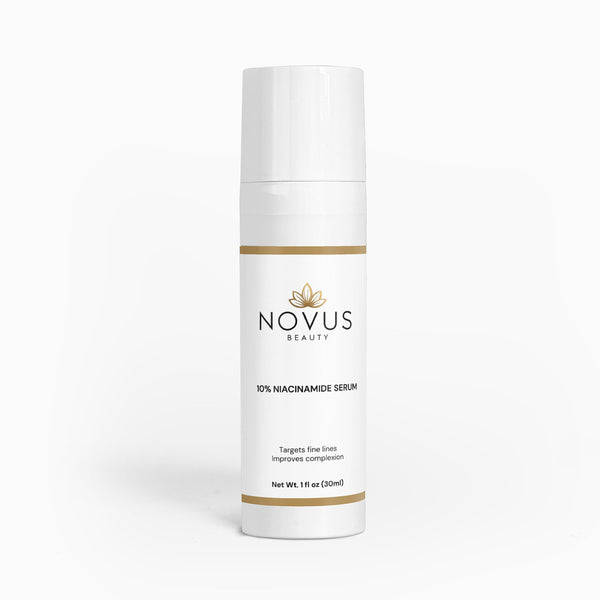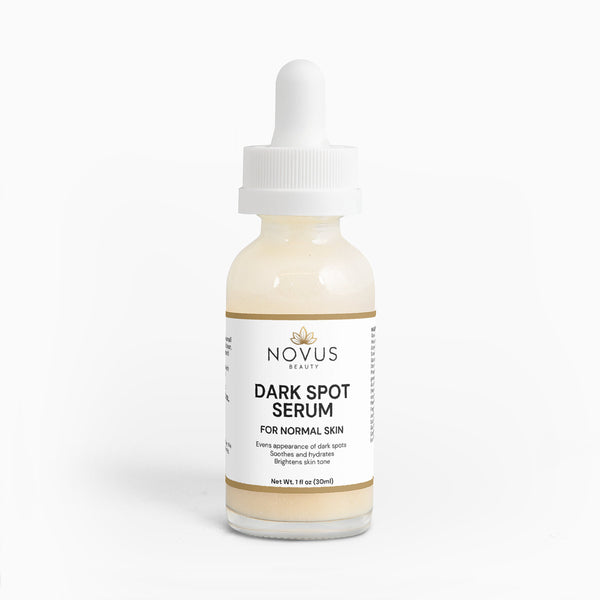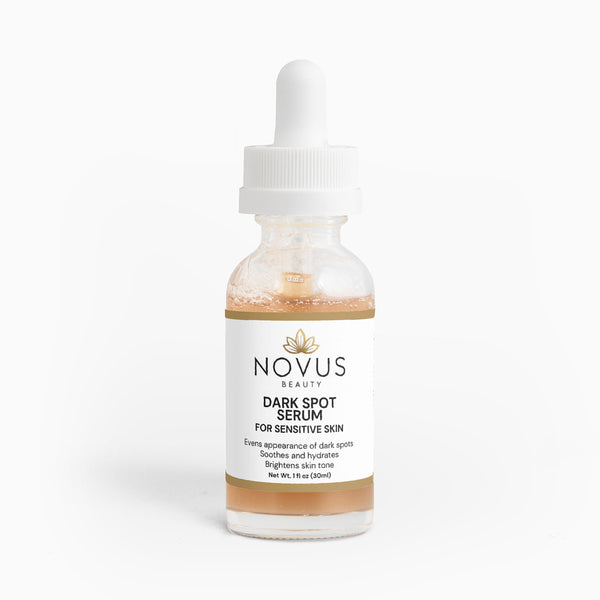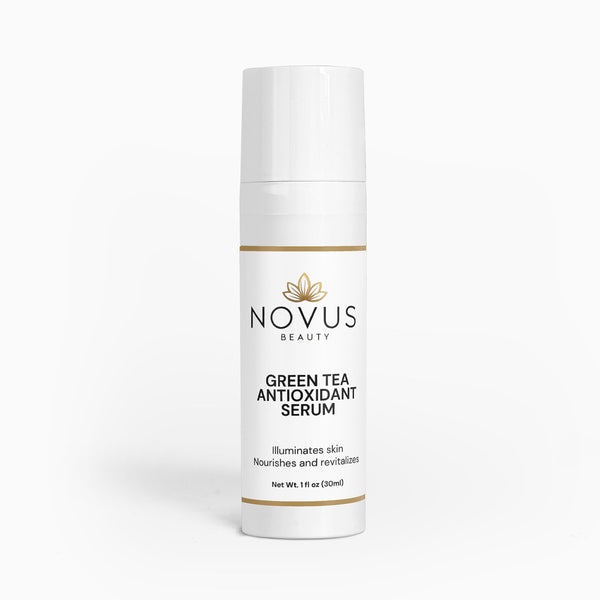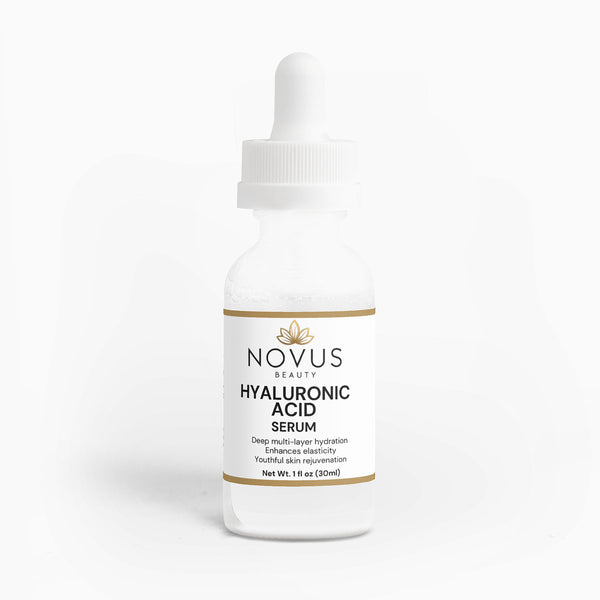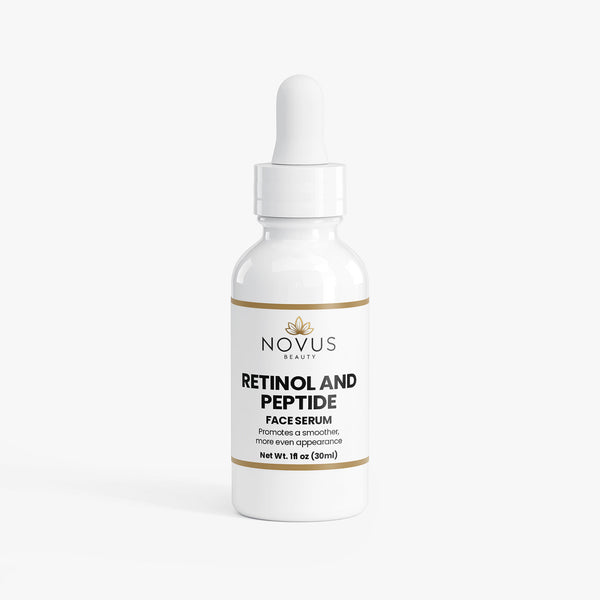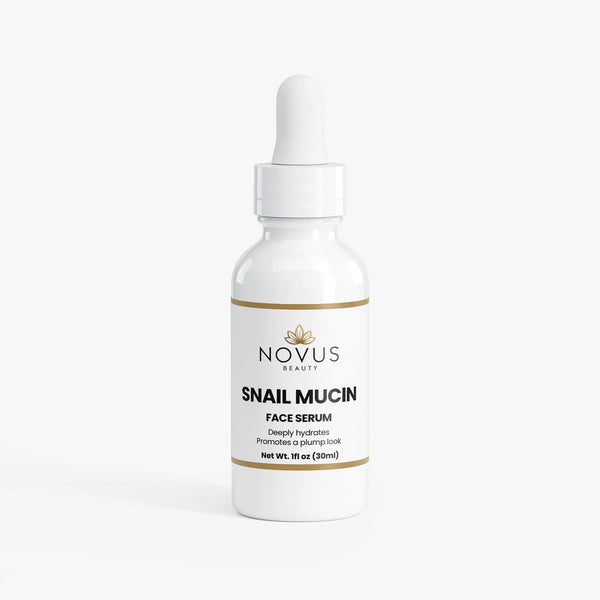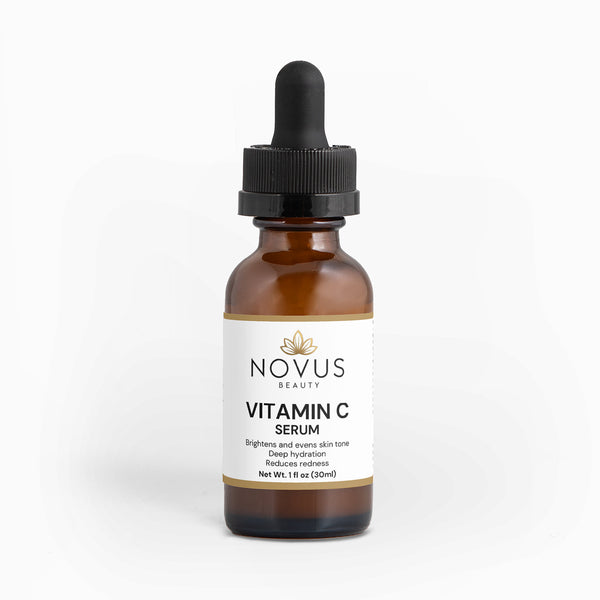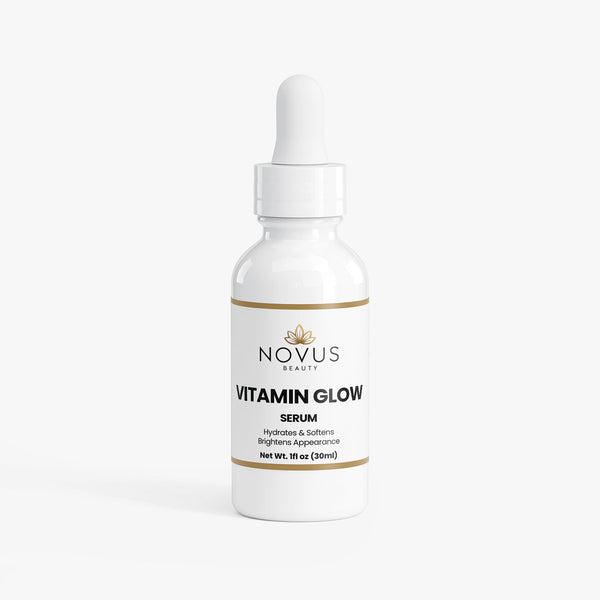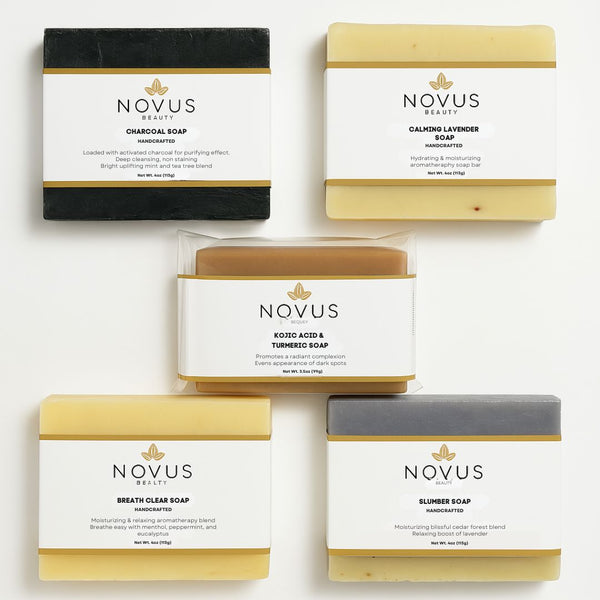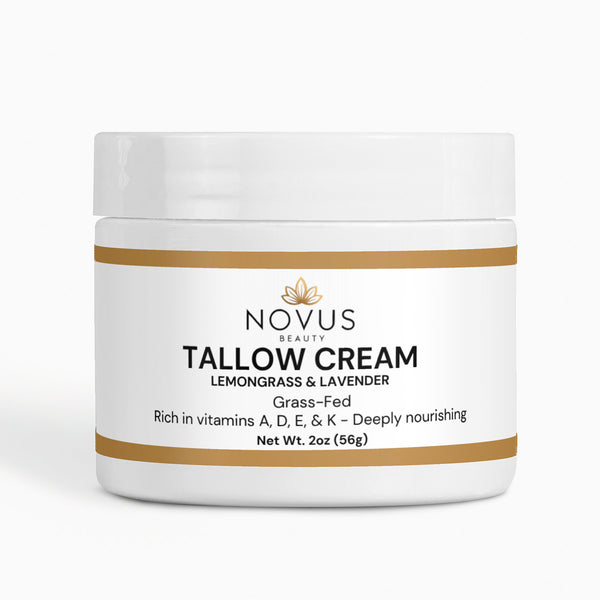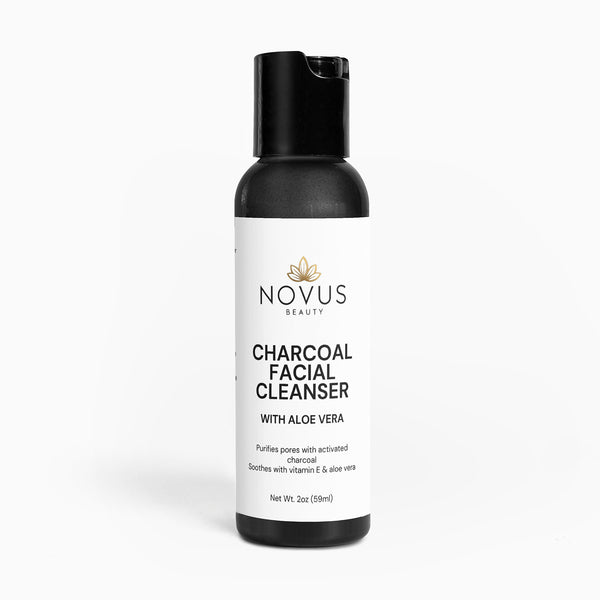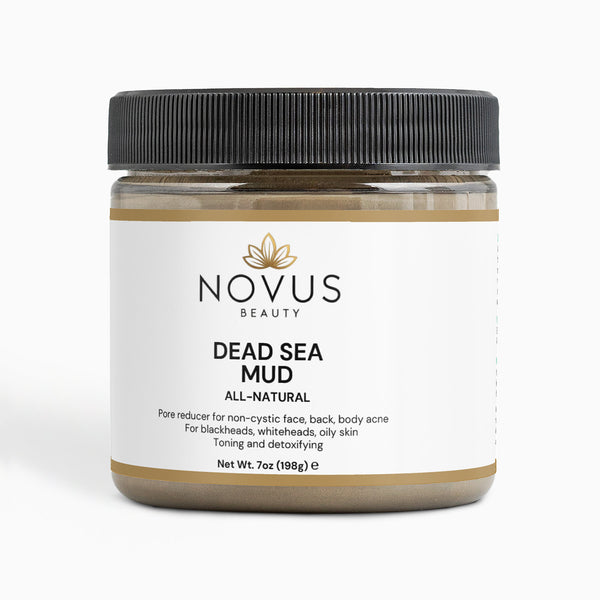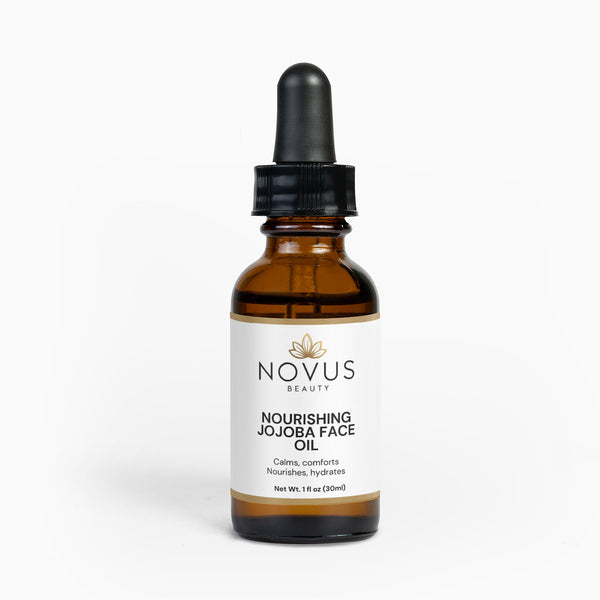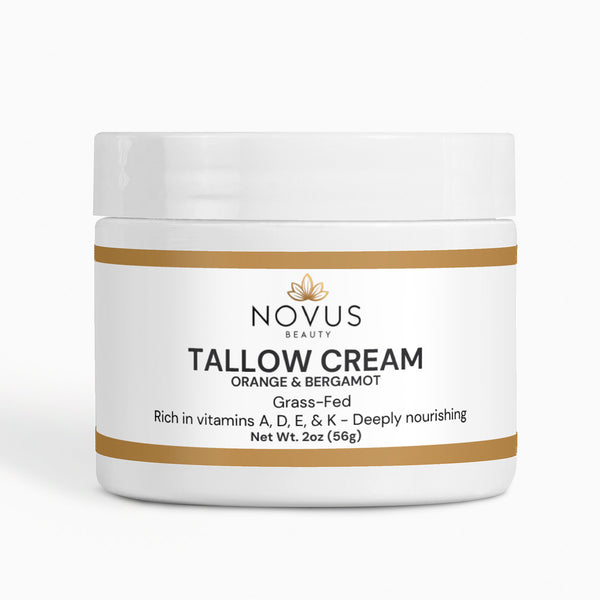If you've ever started a new dark spot treatment and found yourself checking the mirror daily for results, you know the particular anticipation that comes with wanting to see progress. In our world of instant gratification, it's challenging to accept that skin transformation operates on its own biological timeline. The truth is, fading dark spots is a journey of patience and consistency, but understanding exactly what to expect—and when—can make all the difference between sticking with a routine that works and abandoning it prematurely.
Your skin follows a natural renewal cycle that can't be rushed, only supported. With a strategic 24/7 approach that works with your skin's circadian rhythms, you can optimize this process for the best possible results. This comprehensive guide will walk you through realistic expectations week by week, explain the factors that influence your personal timeline, and show you how to maximize your progress through supportive habits and consistent care.
Understanding Your Skin's Natural Rhythm: The Foundation of All Timelines
Before we discuss specific timeframes, it's crucial to understand why fading dark spots takes time. Your skin operates on a cellular turnover cycle that typically lasts between 28 to 40 days, lengthening as we age. During this cycle:
-
New skin cells form in the basal layer
-
These cells gradually move toward the surface
-
Old, dead cells are shed from the stratum corneum
Dark spots occur when pigment (melanin) is deposited at various depths within this structure. Treatment products work by:
-
Inhibiting new pigment formation
-
Accelerating the shedding of pigmented cells
-
Blocking the transfer of pigment to skin cells
This process requires multiple skin cycles to show significant results because you're essentially waiting for your skin to naturally replace its pigmented cells with new, clear ones.
The 24/7 Routine: Your Accelerator for Natural Processes
A strategic day-and-night routine doesn't bypass your skin's natural timeline—it optimizes it. Here's how each phase supports the fading process:
Morning Routine: Protection & Prevention

Your morning products create a defensive shield that prevents new damage while supporting your skin's daily functions. Our Vitamin C Serum provides antioxidant protection against free radicals that can trigger pigment production, while also helping to brighten existing spots.
Evening Routine: Repair & Renewal

While you sleep, your skin's cellular repair mechanisms are most active. Night treatments like our Dark Spot Correcting Serum for Normal Skin or Dark Spot Serum for Sensitive Skin work intensively during this prime repair time to accelerate fading without competing with environmental stressors.
Week-by-Week Progress: What to Realistically Expect
Weeks 1-2: The Foundation Phase
During the first two weeks, you're building a relationship with your products and allowing your skin to acclimate.
What You Might Notice:
-
Improved skin hydration and texture
-
A subtle "glow" or increase in radiance
-
Reduced redness or inflammation around active breakouts
-
Your skin may feel smoother and more comfortable
What's Happening Beneath:

Your skin is adjusting to the active ingredients, and your barrier function is improving. The Snail Mucin Face Serum is particularly valuable during this phase for strengthening your skin's foundation.
Weeks 3-6: The Turning Point
Around the 3-4 week mark, you've completed one full skin cycle. This is when many people begin to see initial changes.
What You Might Notice:
-
Slight lightening around the edges of newer dark spots
-
More even overall skin tone and texture
-
Existing spots may appear slightly less concentrated
-
Enhanced brightness continues to develop
What's Happening Beneath:

The first layer of pigmented cells has been shed and replaced with newer, less pigmented cells. Consistent use of our 10% Niacinamide Serum helps regulate pigment transfer during this critical phase.
Weeks 7-12: Visible Transformation
After 2-3 skin cycles, the cumulative effects of your consistent routine become more apparent.
What You Might Notice:
-
Noticeable fading of post-acne marks and newer sun spots
-
Significant improvement in overall evening of skin tone
-
Stubborn spots may begin to break up and appear less defined
-
Friends or family might comment on your improved complexion
What's Happening Beneath:

Deeper layers of pigmentation are being addressed as multiple cycles of cell renewal occur. Incorporating our Retinol and Peptide Face Serum 2-3 times weekly can accelerate this process by enhancing cellular turnover.
Months 4-6: Significant Results
With 4-6 months of consistent care, most people experience substantial improvement.
What You Might Notice:
-
Significant fading of even stubborn, long-standing dark spots
-
Marked improvement in melasma or hormonal pigmentation
-
Your complexion maintains its clarity even through occasional breakouts
-
The overall health and resilience of your skin is transformed
Factors That Influence Your Personal Timeline
Several variables can accelerate or slow down your progress:
1. Depth of Pigmentation:
-
Epidermal spots (surface level): 3-6 months for significant fading
-
Dermal spots (deeper layers): 6-12 months or longer
-
Mixed spots: 6-9 months for noticeable improvement
2. Consistency of Your Routine:
Skipping days, especially sunscreen, can significantly delay results. A sporadic approach essentially resets your progress with each misstep.
3. Sun Exposure Habits:

Unprotected UV exposure can reverse weeks of progress in a single afternoon. Our Gentle Cleansing Gel ensures thorough removal of sunscreen each evening without compromising your barrier.
4. Skin Type and Age:
Younger skin with faster cell turnover may see results more quickly. Mature skin requires more patience but still responds beautifully to consistent care.
5. Overall Skin Health:

A compromised barrier will slow progress significantly. Using barrier-supporting products like our Hydro Balancing Gel-Cream ensures your skin can effectively utilize active treatments.
Supporting Habits That Accelerate Results
While topical treatments do the heavy lifting, these supportive habits can enhance your progress:
Sleep Quality: During deep sleep, your skin's repair processes peak. Aim for 7-8 hours nightly to maximize your evening products' effectiveness.
Balanced Nutrition: Foods rich in antioxidants (berries, leafy greens), omega-3s (fatty fish, walnuts), and vitamin C (citrus, bell peppers) support skin health from within.
Stress Management: High cortisol levels can increase inflammation and pigment production. Incorporating stress-reduction practices supports your topical routine.
Adequate Hydration: Well-hydrated skin functions optimally and responds better to treatments.
Realistic Case Study: Maria's 4-Month Journey

*Week 1-4:* Maria committed to her 24/7 routine, using Vitamin C Serum each morning and Dark Spot Serum for Sensitive Skin each evening. By week 4, her skin felt smoother and looked more radiant.
Month 2: After 8 weeks, the post-acne marks on her cheeks showed noticeable lightening at the edges. She incorporated the Gentle Balancing Toner twice weekly to enhance results.
Month 3: Friends began commenting on her "glow." Her newer dark spots had faded significantly, while older ones were beginning to break up.
Month 4: Maria's complexion was dramatically more even. While one particularly stubborn spot remained, it had lightened by about 60%, and she felt confident continuing her routine for further improvement.
Trust the Process, Celebrate Small Wins

The journey to fading dark spots is a marathon, not a sprint. Every day you follow your routine, you're investing in your skin's long-term health and appearance. Rather than focusing solely on the end goal, celebrate the small victories along the way:
-
The day your skin feels more comfortable
-
The week you notice enhanced radiance
-
The month your spots begin to lighten
-
The season your overall complexion transforms
Remember that consistency with a gentle, effective routine will always deliver better long-term results than aggressive treatments that promise quick fixes but often damage your skin barrier. Your patience and dedication will be rewarded with lasting improvements that go beyond surface-level spots to reveal truly healthy, resilient skin.
Where are you in your dark spot journey? What small victories have you celebrated recently? Share your experiences in the comments below—your story might inspire someone else to stay consistent!
